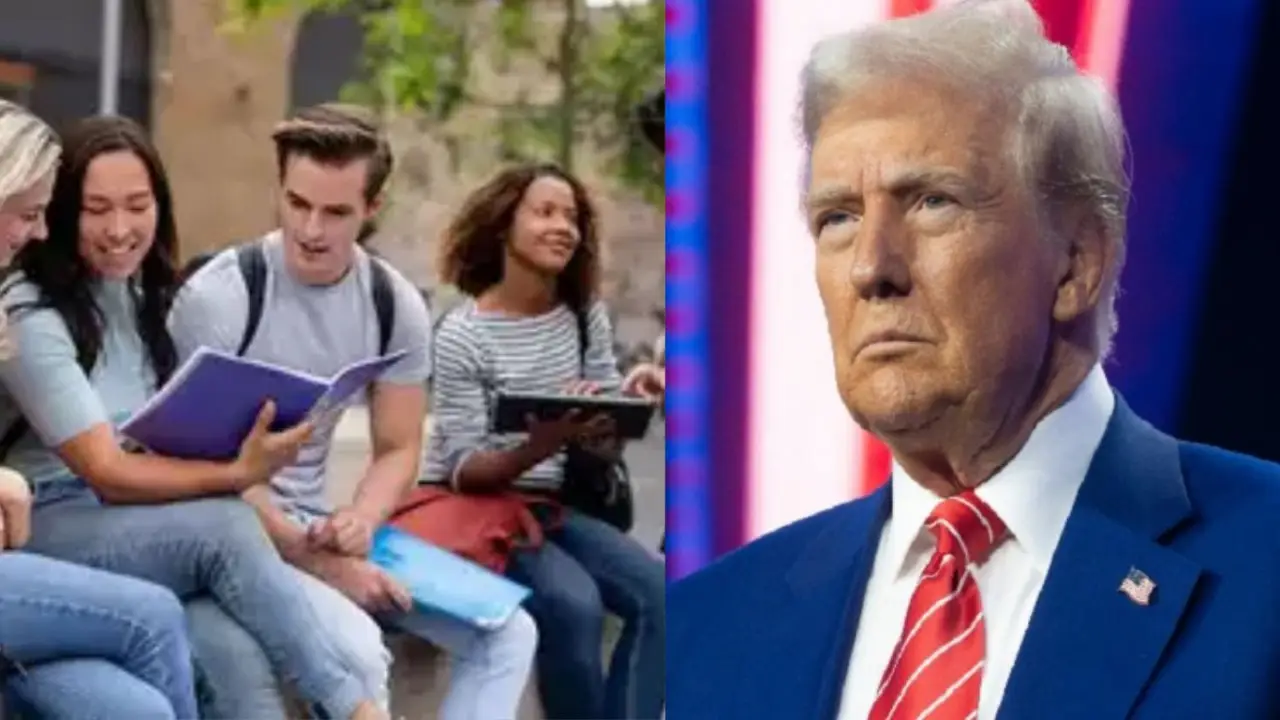Kolkata, July 1, 2025 – The Calcutta High Court has sharply questioned the State Selection Commission (SSC) on why it introduced new recruitment rules after previously declining to do so, creating complications in ongoing selection processes .
Why Change the Rules After the Old Ones Were Applied?
The bench asked: after directing recruitment under the existing rules, why did SSC introduce new norms that complicated matters further? The court emphasized that the Supreme Court had already made it clear that recruitment should proceed according to the old regulations
Lack of Clarity on Who Is Eligible
Another pointed question from the court: why did the new notification, issued on May 30, 2025, not explicitly bar applicants previously declared ineligible by the Supreme Court from participating? The judges asked why that had not been made clear from the start . The bench gave SSC and the state administration a deadline: provide clear justification and explanations by Monday .
Key Changes Under the New Recruitment Rules
Under the earlier 2016 rules, the selection process was largely based on a combination of written exams, academic qualifications, and interviews. Specifically, the written exam carried 55 marks, academic qualifications were valued at 35 marks, and the interview carried 10 marks.
However, in the new 2025 rules, there is a notable shift in the distribution of marks. The written test weightage has increased to 60 marks, but the weight given to academic qualifications has drastically dropped to just 10 marks. The interview still holds 10 marks, but two new components have been introduced: teaching experience, which now carries 10 marks, and lecture demonstration, also valued at 10 marks.
Shift in Academic Scoring Criteria
Another major change is in how academic qualifications are assessed. Under the previous system, individual scores from Madhyamik (secondary), Higher Secondary, Bachelor’s, and Master’s degrees were all considered and awarded marks. However, under the new system, the SSC has eliminated the inclusion of Madhyamik and Higher Secondary marks. Now, candidates will be scored based solely on the highest marks they obtained in either their subject-specific Bachelor’s or Master’s degree. This shift has raised concerns that the new rules may disadvantage candidates with a strong academic track record across all levels.
Court Challenges the Absence of Specific Exclusion
The High Court also took issue with the fact that the new recruitment notification did not explicitly exclude candidates who were previously disqualified by the Supreme Court. This omission has caused confusion and criticism among legal experts and stakeholders. The court emphasized that such crucial decisions should be transparently reflected in the official recruitment documents.
Court’s Directive: Clear Explanation by Monday
In response to these concerns, the High Court has given the SSC and the state administration a deadline to file a detailed justification for the rule changes and clarify the eligibility conditions by Monday. The court’s direction aims to ensure transparency, accountability, and adherence to previous judicial instructions.
Why This Case Matters
This case has broader implications for public recruitment and administrative transparency. Critics argue that sudden and retroactive changes in the rules can severely impact candidates who prepared based on earlier guidelines. Legal observers note that this case sets an important precedent on whether state authorities can alter recruitment frameworks midway through an ongoing process without inviting judicial scrutiny.

